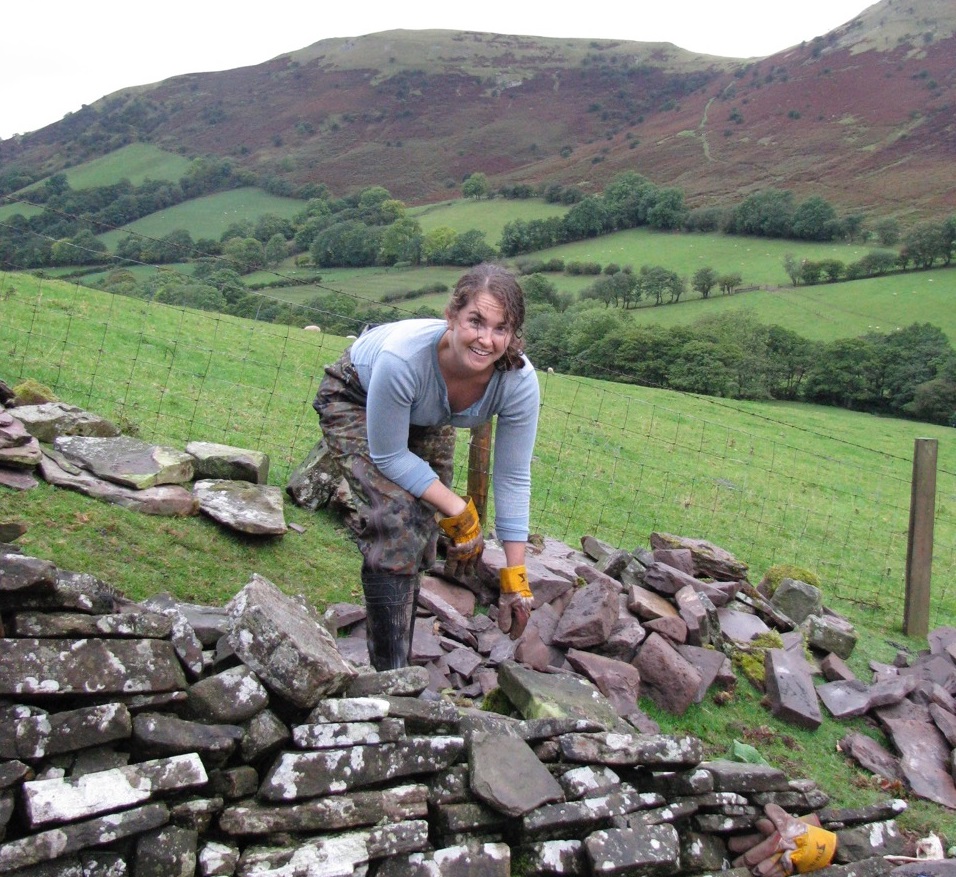If you come to the Cotswolds and enjoy wandering the beautiful countryside then you can’t fail to notice the abundance of gorgeous dry-stone walls in the area. Limestone dry-stone walls feature heavily in the Cotswolds landscape and date back 5000 years locally to Neolithic long barrows. Most of today’s 4000-mile network was first constructed during the 18th and 19th centuries but in modern times many of these boundaries fell into neglect or disappeared due to changes in farming and land management practices.
How are dry-stone walls made?
Dry stone walls are found in many parts of the country, basically wherever stone is abundant, but nowhere is the material more suited to the job than in the Cotswold Hills where It is quarried and delivered to the sight.
Building starts by removing the grass and setting large blocks as foundation stones, usually beginning at the gateways. The walls are usually built around 2 foot wide at the bottom, narrowing to 14 inches at the top and this narrowing technique is called a `batter’.
As the wall takes shape it is filled in the middle with small stones and every so often a ‘bonder’ or ‘througher’ is put in to hold the two faces together.
Each stone is carefully tilted slightly downwards with a packing of small stones to allow any water that gets inside to run out. Once the required height is achieved, rows of stones are placed upright to complete the wall.
As no cement or earth has been used in the making of the wall, the air can get through and the wall remains dry meaning that a properly built wall can last many hundreds of years with very little attention.

Where can you see these dry stone walls?
Our dry-stone walls definitely add to the beauty of the Cotswold countryside, with no mortar used and stones added and balanced by site these types of walls are a rare find in our modern world and still amaze many visitors to the area.
The earliest known example of dry stone walling is at Belas Knap near Winchcombe, built by our Neolithic ancestors from circa 3000 BC. Most of the walls you will see though originated in the 18th and 19th centuries when large tracts of open fields and downland were enclosed to sections of sheep and other animals and offered shelter from wind and rain.
You won’t need to plan to see the Cotswold dry-stone walls because they are literally built across the whole of the countryside so just pack your back, pop on those walking boots, and head out into the Cotswold fresh air.
Get up close and personal to the walls whilst you are hiking and you will find that they offer amazing habitat and wildlife corridors. Mosses and lichens, pennywort, and cranesbill all make their homes here. Slow worms, bees, and wasps live within nooks and crannies within the stones, and often birds like wrens, wheatears, and little owls nest in spaces between the stones.
Try your hand at dry-stone walling
There are quite a few different companies in the area that will all allow you to try your hand at dry-stone walling if you really do fall in love with this style of building.
Some of the companies teach you how to build and will then knock your wall down ready for the next person whilst others allow you to build onto a wall that will remain part of the Cotswolds landscape for the next 100-200 years, which is quite a nice thought we think you’d agree! So shop around and do your research.


0 Comments